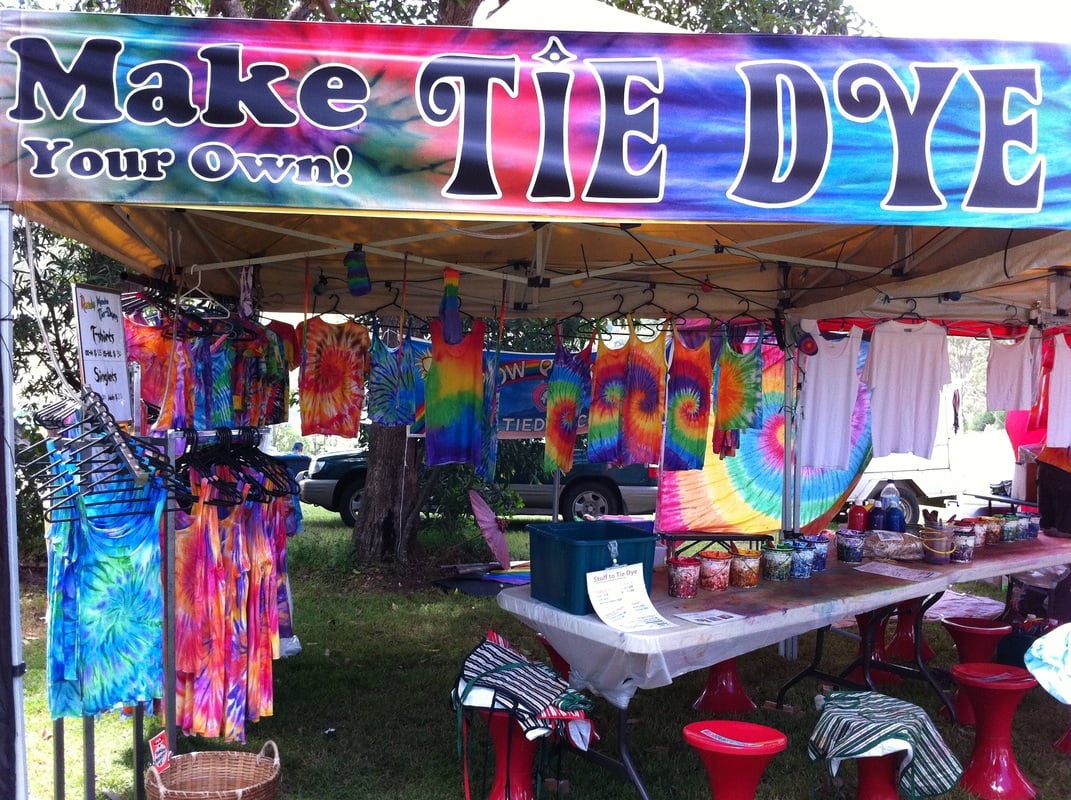BabBaby play is a great opportunity for parents to bond with their babies. And for babies to learn new skills and interact with their parents and the world around them. But what if you are the parent of a baby who doesn’t let you hold her or is simply too young to be put into a playpen or a baby swing?. One of the most important skills a newborn baby needs to develop is independence. It’s hard for a parent to let go and for a baby to learn to do things independently. However, independent play is a critical milestone. Parents and babies have to learn to respect each other’s independence and make compromises.
Start by setting up a safe play area and babyproofing
We all want our children to be safe. And that’s why it is absolutely essential that you set up a safe play area for baby play. Having a safe play area means you don’t have to worry about anything happening to your baby. And it also means that you can feel comfortable leaving your baby there without worrying that they’ll get hurt.
There are many ways to set up a safe play area for babies. It’s best that you do a little research to see what works for you, but you can start with purchasing a playpen, which is a portable and safe play area for your baby. If a playpen isn’t for your baby, you can simply purchase a safe baby floor mat at Grace & Maggie. After that, babyproof your home, removing any cords and making sure all objects are out of reach. If your home has wooden floors, it can be the safest option for your baby.
Introduce open-ended toys
The best open-ended toys for babies are soft and safe for babies to practice teeth stong biting, as well as making loud sounds, vibrating, and moving. A good example is a large textured ball that is quite heavy; it is made from hard plastic with holes in it and has a bell inside. The ball is ideal for the baby to grab and hold and feel the different textures. Babies can also roll it and hear the bell inside. When babies start to grab, shake and roll objects like the ball, they are beginning to learn cause and effect. Babies who play with open-ended toys like this can often learn how to make sounds or movements by themselves. This is a great way to start practicing self-regulation and independent play.
Open-ended toys allow for a lot of use, exploration, and manipulation. Children are able to play with them in many different ways, and they are a space to inspire a child’s imagination. Toys that are open-ended don’t have a single, specific purpose. They can be used in many different ways and in many different situations. For example, a cardboard box is an open-ended toy — you can use it as a car, a house, or even a boat.
Don’t leave them unmonitored yet
The most important thing is to be safe. Babies (especially those under six months) can suffer from suffocation – so make sure you are in the room with them while they are playing. They may not be mobile enough to go far, but they can still wriggle into dangerous situations. Also, be sure you have a clear path to the door in case you need to get to them quickly.
Also Read – Trinidad Valentin
Make sure they don’t keep playing for extended hours
Babies need rest and exploration time in order to grow, develop and learn constantly. While they might not have a schedule as we do, babies still require a certain amount of rest time in order to get their energy back. Most experts agree that babies should have a daily nap schedule between the hours of 7 a.m. and 7 p.m. (or whenever they fall asleep), which is when they’re most likely to sleep. Babies also need to be awake and active to explore the world around them. It’s important to set limits for when your baby can play with their toys and when they need to rest. If you’re going to allow them to play for extended periods of time, make sure to provide them with plenty of toys that encourage active play, like a play mat with lots of toys and mirrors hanging above.
Safe baby play requires you to observe what the baby is doing and make sure there are no sudden moves or anything that could potentially cause harm to the baby.
For more reading informative content keep in touch with hubspotes.





